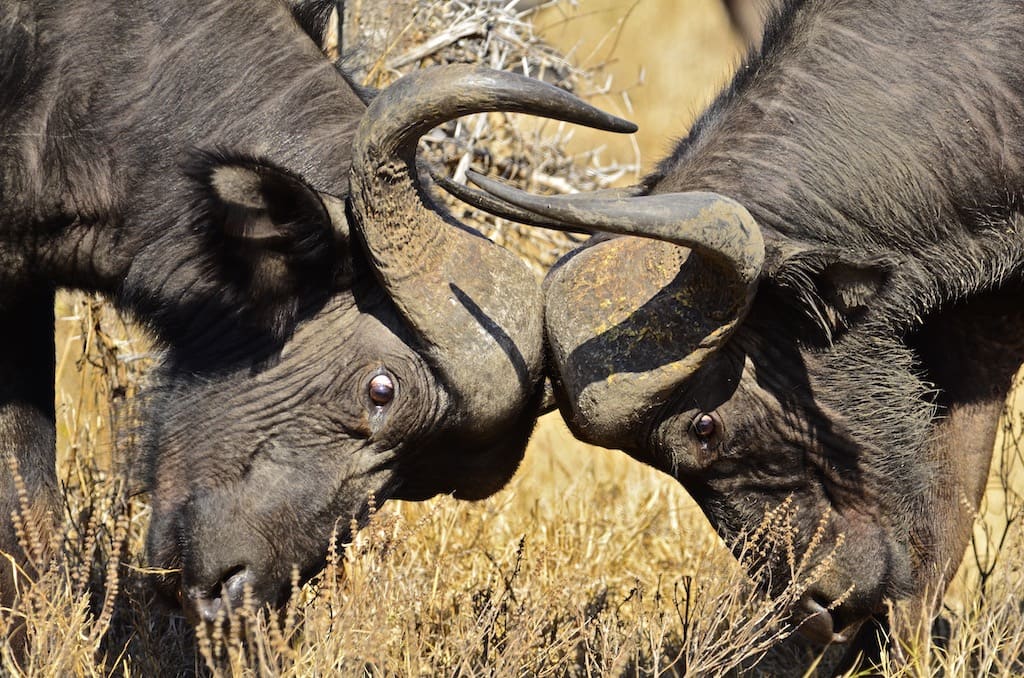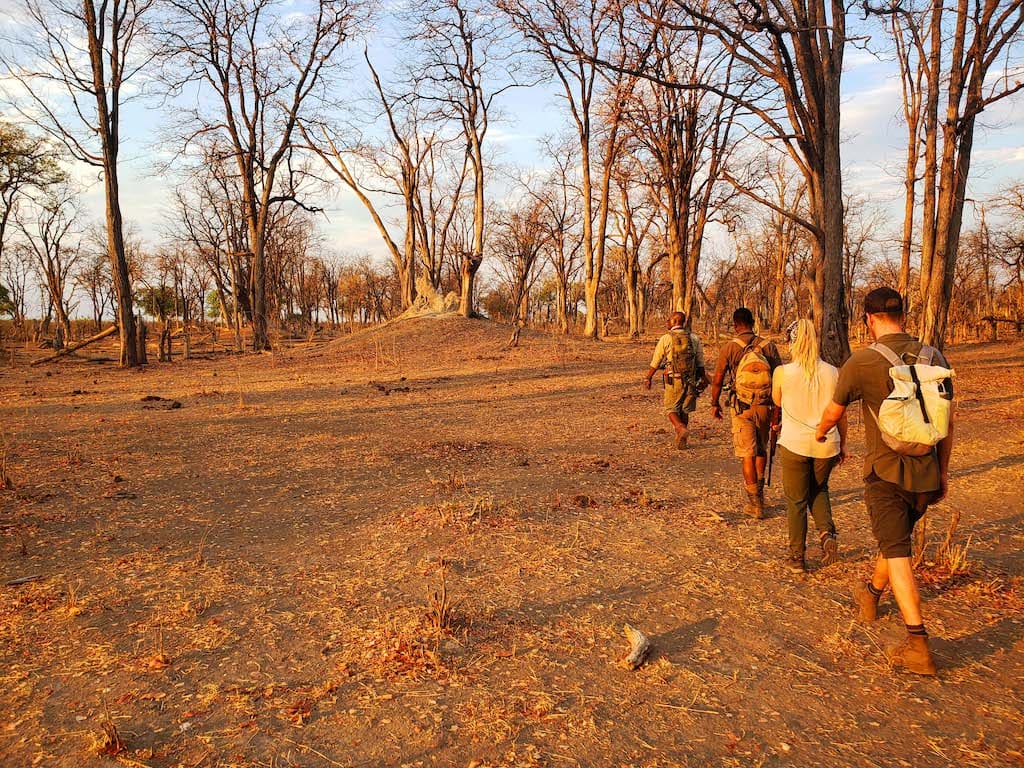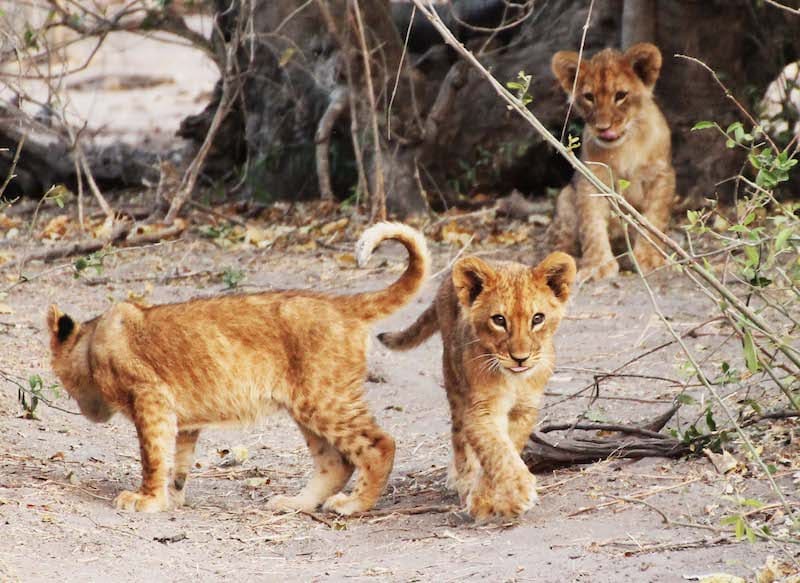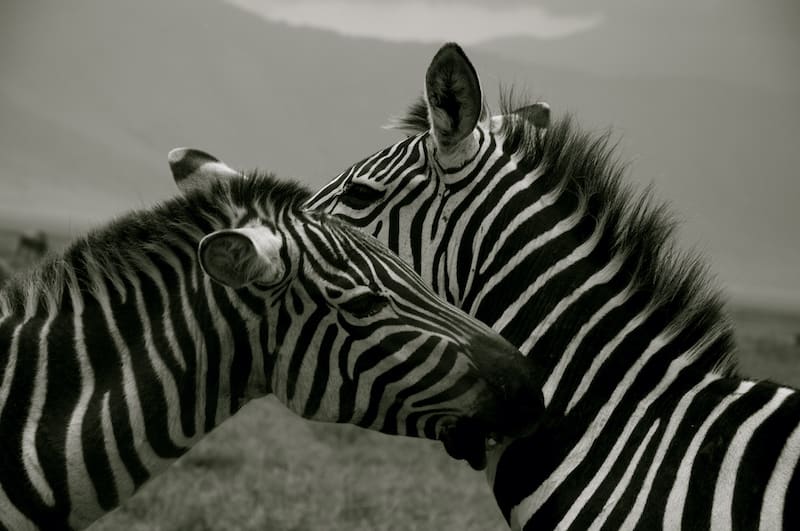Botswana
A safe destination offering vast space, plentiful wildlife and a humble, welcoming community
Parks
What can I expect?
Expect an adventure filled trip with unforgettable game sightings under the guidance of highly skilled and well-trained local guides, who can track even the shyest of animals based on the smallest of clues.

Hospitality is second nature to the delightful people of Botswana, and the level of service and enthusiasm with which they welcome you to their beautiful country is contagious. The passion they have for their natural surroundings and the pleasure they take in sharing this passion with you will have you wishing that your trip will never end.
The national animal of Botswana is the zebra, the grace of this humble animal with its iconic black and white stripes is a wonderful representation of the humility and harmony that exists between people of various races and ethnicities in this beautiful country. These characteristics transcend through to the design of the country’s flag, reflecting the harmonious nature of Botswana, her people and their natural surrounds, including all of the incredibly diverse wildlife that it encompasses.
the human history
Botswana is a land locked country in Southern Africa. Approximately 70 percent of the country is made up of the Kalahari Desert, and with just 2.3 million people it is one of the most sparsely populated countries in the world.

A country rich in history, archaeological digs in Botswana have indicated that hominids have been present in the county for approximately 2 million years. The original inhabitants of Botswana were the Khoi San and Bushman people, who lead hunter gatherer lifestyles. It is thought that the first Bantu tribes, ancestors of the Kalanga people, arrived in North Eastern Botswana around 600 AD and ran large herds of cattle prior to the collapse of the Mapungubwe State. The first Tswana-speaking people, the Bakgalagadi, moved into the Southern Kalahari in approximately 1 300 AD. People of this era were connected to trade routes that ran along the Limpopo River to the Indian Ocean; it is most likely that they traded ivory, gold and rhino horn in exchange for beads and other trade goods.
Read More
Although the arrival of the ancestors of Tswana-speaking people, who came to control the region, is not precisely dated, it is known that around 1 500 AD saw the arrival of the Bakwena people into the
Southern Kalahari, where they drove the Bakgalagadi west into the desert. There were numerous offshoots of the Bakwena people, the Bangwaketse in the west, the Bangwato who moved into the formerly Kalanga areas of the northeast. In the 1790s, the Batawana people, an offshoot of the Bangwato migrated to the Okavango Delta.
Botswana today is a politically stable country and has very limited safety issues, particularly if you are travelling on organized trips to various lodges and camps.
conservation efforts
With more than 25 percent of Botswana’s land area designated to parks and reserves, every effort is being made to preserve and ensure the future of the unique flora and fauna that exist here.

The government’s somewhat controversial policy of low volume, high cost tourism has been largely successful. The number of tourists to the country is limited and these tourists pay a higher price for the privilege and intimacy of their visit.
Up until 2019, trophy hunting of elephants in Botswana was completely banned and the government took a hard-line on poaching with its policies and largely military run anti-poaching procedures. These efforts allowed the elephant populations to stabilise and in certain areas to grow. The movement of these huge animals into populated areas resulted in the governments ban on elephant hunting being lifted.
Read More
This is to allow for the removal of problem animals that are a danger to the lives and livelihoods of local communities. While controversial, it is believed that income gained from trophy hunting will actually aid the government in conserving elephant populations, as they will be able to use part of the funds to address the bigger threat posed to elephants by increasing levels of poaching. In addition, they will be able to use some of the funds generated to support local communities that are negatively affected by human-elephant interactions.
Other anti poaching and illegal wildlife trade efforts include the introduction of the African Wildlife Foundation’s Canines for Conservation program. In order to disrupt global wildlife trade supply
chains and reduce the poaching of elephants and other at risk species, these trained canines and their handlers are posted at mass transit sites to increase security. Newly trained handler and canine teams are being deployed at Botswana’s major trafficking hubs and ports to protect the country’s precious wildlife populations.
Botswana is one of Africa’s growing ecotourism hubs due to their progressive social policies and stable government. The ecotourism industry generates approximately $250 million in revenue each year and has seen rapid growth in recent years. Due to the fact that wildlife conservation efforts largely fall to local communities, indigenous people can take advantage of these alternative revenue streams rather than resorting to poaching and wildlife trafficking.
the country’s highlights
Botswana has two UNESCO World Heritage Sites, Tsodilo, a Cultural Heritage Site in the northwest of Botswana and, the Okavango Delta which is a Natural Heritage Site.

At times referred to as the Louvre of the Desert, Tsodilo is the location of one of the highest concentrations of rock art in the world. This preserved area in the Kalahari of just 10 square kilometres (6 square miles) is host to more than 4 500 paintings. Chronological changes with regards to human activity and the environment for over 100 000 years are documented in the archaeological records for the area. Tsodilo is respected by local communities as a place of worship which is frequented by ancestral spirits.
Read More
The Okavango Delta in North West Botswana is one of few major interior delta systems, without an ocean outlet, that includes a wetland system which is almost intact. The delta is made up of permanent marshlands and seasonally flooded plains. Annual flooding of the Okavango River takes place in the dry season; this unique occurrence is reflected in the adaptations of the biological cycles of plant and animal life in the region. The delta is home to many endangered species of game, including rhino, both white and black, cheetah, lion and the African wild dog.
In addition to these World Heritage Sites, Botswana has a number of other National Parks and Reserves, including the Moremi Game Reserve, Central Kalahari Park Game Reserve, Nxai Pan National Park and the Kgalagadi Transfrontier Park. One of Botswana’s most notable parks is the Chobe National Park which is renowned for its large concentration of elephant as well as the unique safari by boat experiences that are available along the Chobe River. Another fascinating place of interest is the Makgadikgadi Salt Pans, where you can witness the great zebra migration and some truly incredible scenery in one of the world’s largest salt pans.
